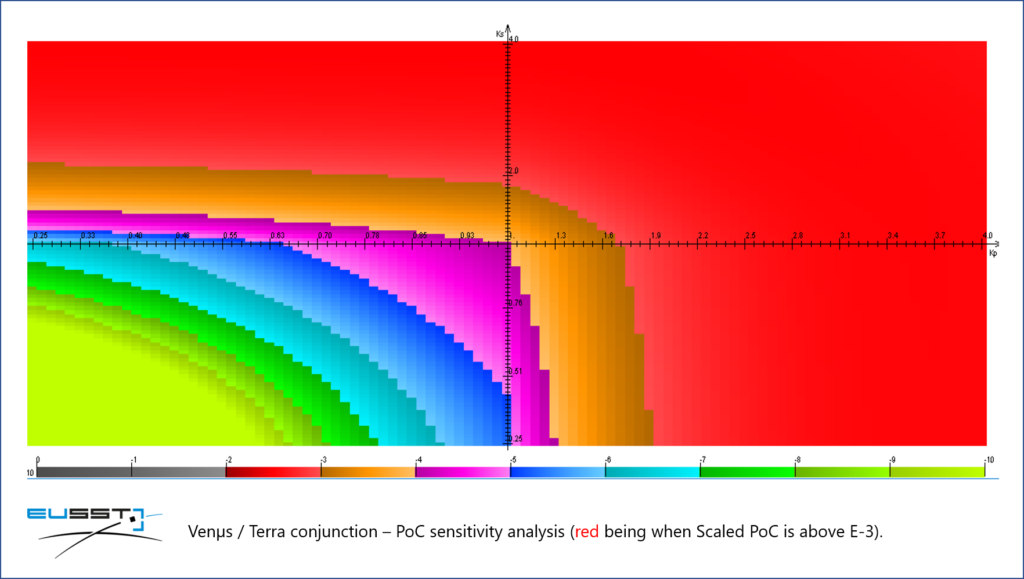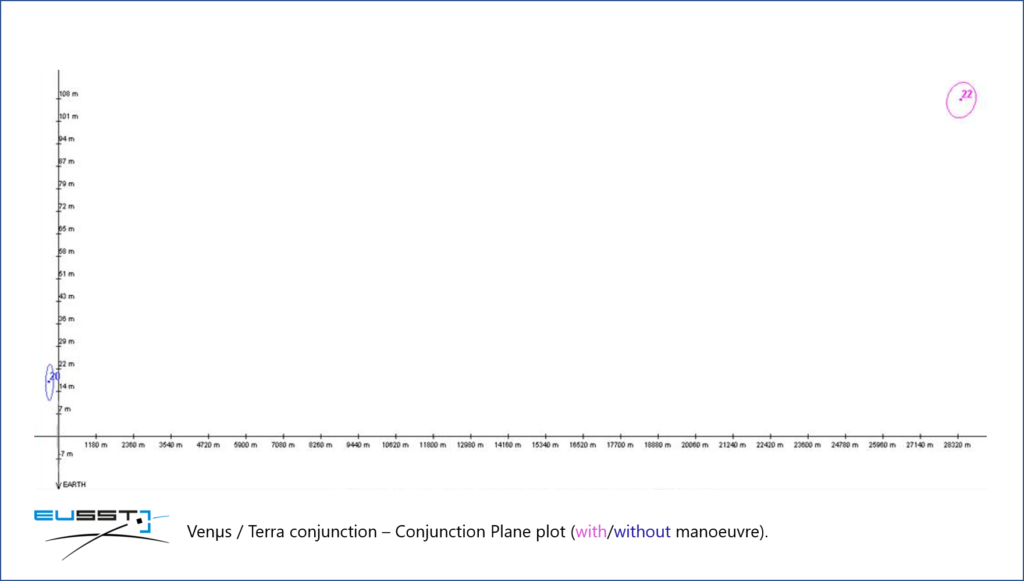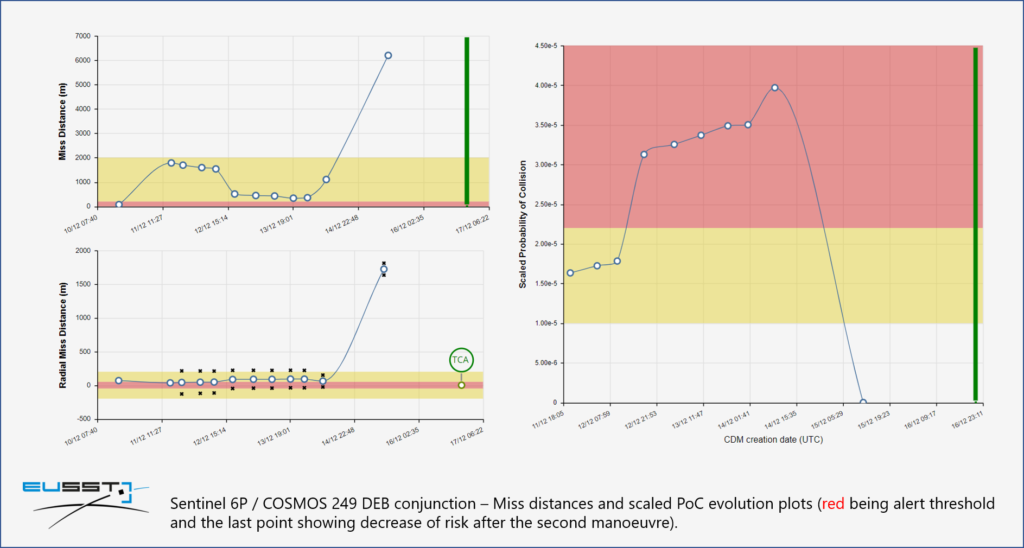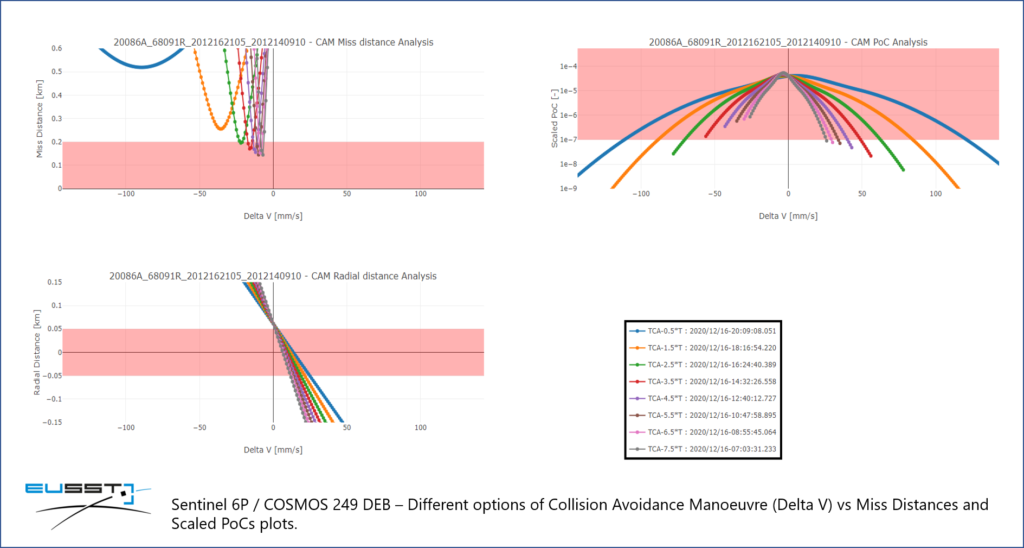
Two recent examples of operational coordination in space
The Space Surveillance and Tracking support framework (EU SST), protecting already many European satellites from the risk of collision, is already a precursor capability for operational coordination of the space traffic. Since 2016, EU SST provides added value services to assess the risk of in-orbit collisions, to detect and follow break-ups in space, and to monitor the uncontrolled re-entry of space objects. On a regular basis, European satellite operators are alerted of potential collisions, either against space debris, or other operational satellites.
To minimise the risk of potential in-orbit collisions, a very high level of coordination is required, in order to interact with the involved operators and assess risk mitigation options in time-critical scenarios. The complexity and sometimes the risks of such events may increase when they involve two operational satellites, and the best course of action may not always be clear.
Just few weeks ago, one such event involved two operational satellites in Low Earth Orbit (LEO), VENµs and Terra, with the first one being a user of the EU SST service. This event was initially detected by EU SST contributing survey radars GRAVES and S3TSR six days before TCA1 and had a very high-risk level (a probability of collision 10 times larger than the limit established with the EU SST user to start considering a collision avoidance manoeuvre). The risk analyses done by EU SST using US 18th SPCS2 and autonomous European data showed the risk maintaining its high level along the whole event timeline, which led to the planning of a Collision Avoidance Manoeuvre (CAM) together with the VENµs operations team (IAI). After close coordination with the two operators and the 18th SPCS, it was possible to confirm the VENµs CAM and to ensure that the Terra operator (NASA) was informed of it and confirmed that Terra would maintain its trajectory.
On a frequent basis, other forms of coordination are also required, as to assess the risk of the events and analyse different mitigation actions, ensuring that other potential conjunctions are not created by such actions (or if they are, that they can be managed successfully). EU SST and the operator have to be closely coordinated, to analyse different options and perform a trade-off between the most efficient and the safest course of action. This was the case of one particular event two weeks ago with Sentinel 6, when its operator (EUMETSAT) provided a manoeuvre plan that showed, in the screening performed by EU SST, that it would cause a moderately risky event only two days later, with a small piece of debris (COSMOS 249 DEB). The risk of the potential conjunction increased with time, which led to close coordination between EUMETSAT, EU SST and the NASA CARA team (who also supports EUMETSAT in its collision avoidance processes). Sentinel 6 is in a critical phase after LEOP, performing multiple manoeuvres in a short timeframe to reach its final target orbit. Different options were analysed, ranging from modifying the original phasing manoeuvre or modifying a second manoeuvre scheduled to be performed two days later, just before TCA with COSMOS 249 DEB. EU SST supported EUMETSAT in designing the final strategy for this second manoeuvre as to avoid this potential conjunction.
This situation, and even more complex ones such as multiple risky conjunctions being created by manoeuvring actions, will become more and more frequent with the congestion of certain orbits, particularly in the LEO regime, and close coordination from EU SST with the affected operators is and will be the norm, while performing cascade automatic screenings and analyses of different mitigation options.
With the Earth orbiting landscape changing fast, a demanding need for transparency, information sharing and coordination between all relevant actors is needed – and EU SST is already delivering this at European level.
EU SST would like to thank satellite operators IAI, NASA and EUMETSAT for allowing the disclosure of the information related to the conjunctions events mentioned above.
1TCA stands for Time of Closest Approach.
2US 18th SPCS stands for the United States Air Force’s 18th Space Control Squadron.




